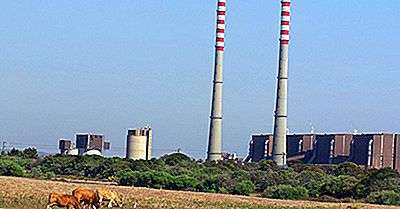When it comes to climate change, we often think of the cars we drive and the energy we use in our homes and offices as the main culprits. When you eat burgers or salmon, we don’t always see the environmental impact of these foods on the planet.
However, the bad news is that agriculture has a huge impact on the production of greenhouse gases. In fact, according to the Food and Agriculture Organization of the United Nations, greenhouse gases produced by agriculture are currently increasing. When it comes to food production, not all products are created equal. The following foods should be avoided by anyone looking to reduce their carbon footprint.
10. Almond milk
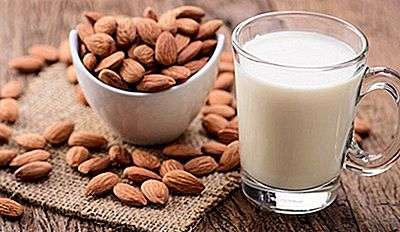
Almond milk is one of the most sought after alternative dairy products. However, for all of its health benefits, its impact on the environment has been heavy. Over 80% of the world’s almonds come from California, which recently experienced a terrible drought. Each plant requires about five liters of water to develop. In addition, 100 liters of water are also required to produce 100 ml of almond milk. This creates a high demand for water, forcing farmers to drill wells, which are known to affect bridges, roads, irrigation canals and trigger earthquakes whose effects are damaging to the environment.
9. Beef
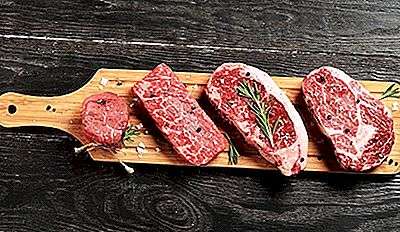
Animal agriculture contributes around 14.5% of the world’s greenhouse gases, 65% of which comes from beef and dairy cows. The Natural Resources Defense Council of the United States estimates that each kilogram of beef produced emits about 27 kg of carbon dioxide. By adding the amount of beef consumed per day around the world, this means that beef has a considerable carbon footprint. In addition, cows produce methane, which is classified as a harmful greenhouse gas. In many countries, deforestation is huge in order to clear the land for more livestock, which reduces the use of greenhouse gases that have caused climate change.
8. lamb
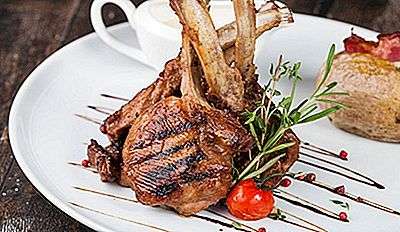
Lamb, like cattle in agriculture, contributes to climate change with each kg of lamb meat contributing to carbon emissions 22.9. The production of red meat requires a lot of resources because it requires a large amount of animal feed (mainly corn and soybeans). Synthetic fertilizers and manure used to grow corn and soybeans emit nitrous oxide, a climate pollutant that is 298 times more powerful than carbon dioxide.
7. Cheese
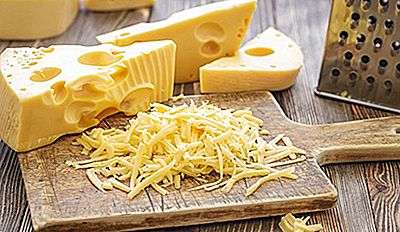
Cheese is also known as a major contributor to carbon dioxide. First of all, it comes from cows that emit methane. Second, refrigerate and transport. Only part of the cheese on the market is imported, but it contributes to half of carbon emissions. Cheese production consumes a lot of energy due to the many processes involved in separating raw milk from low-fat cream, which is then pasteurized, cooled, matured and churned. In addition, refrigeration and transport of cheese are also very energy-consuming, requiring more energy, which is harmful to the environment.
6. Rice
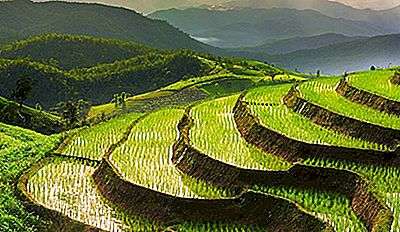
Rice fields are the main source of methane on earth. As the second most commonly produced and demanded staple in the world, rice production is largely responsible for the rising temperatures caused by methane. The microorganisms that produce carbon monoxide produce methane in the rice fields. Increased carbon dioxide levels boost rice yields, but increase methane emissions to some extent. As a result, the amount of methane produced per kilogram of rice will increase, which will cause temperatures near the rice fields to rise. Global demand for rice is increasing, which, combined with a growing world population, means that the amount of methane emissions from growing rice will increase over time.
5. white bread
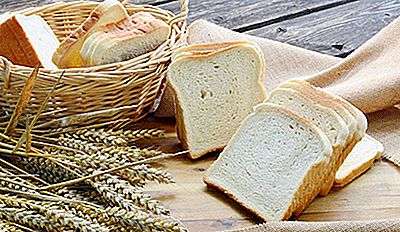
We all know that whole grain bread and wheat bread are healthier than white bread. The production of white bread requires the pure refining of wheat flour through a series of alteration processes which consume a lot of energy. The processes require intensive refining which consumes more energy resources and has a greater negative impact on the planet. Pollution from plastic packaging is also a growing concern.
4 eggs
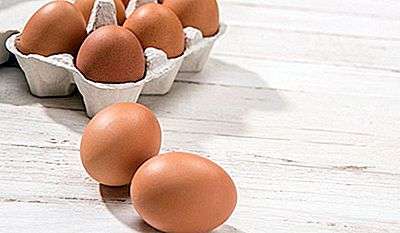
The production of an egg uses approximately 4.8 kg of carbon dioxide. Most of the emissions associated with eggs come from the production of chicken feed, energy consumption on the farm, nitrous oxide gas produced by poultry litter, and the burning of fuel during cooking. In addition, the increase in the number of cage houses for chicken leads to an increase in the production of ammonia, in particular from manure.
3. Tuna
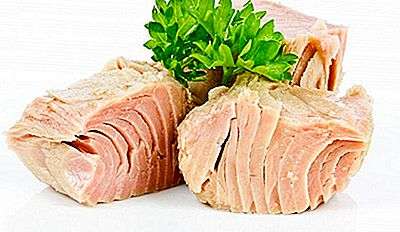
Tuna has long been the victim of overfishing in waters around the world. Fishing and consuming endangered tuna species only accelerates the extinction of ocean species. The methods used by large commercial fishing vessels to catch tuna threaten their numbers, resulting in the death of countless species and other types of marine life trapped in fishing vessels.
2. Salmon
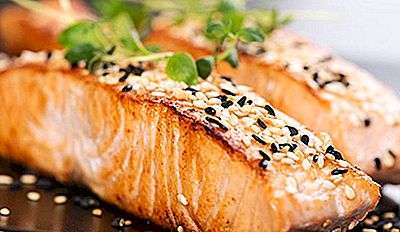
Salmon is rich in omega 3, highly recommended by health experts. However, salmon farming is one of the most destructive aquaculture systems. Aquaculture practices require the use of open mesh cages directly discharged into the ocean, waste from farms, chemicals and disease-causing parasites are discharged directly into ocean waters, threatening other marine species. In addition, the practice has resulted in the depletion of wild fish stocks due to the high protein content necessary for salmon
1. chicken
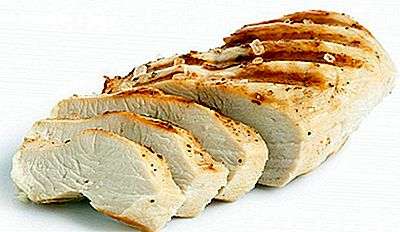
You are not doing the environment justice by eating chicken. Poultry farming is a major cause of environmental degradation in the United States. First, the 10 billion birds are slaughtered each year in the United States, resulting in environmental pollution from carcasses. Thousands of birds are overcrowded in exceptionally small areas, resulting in a dirty, unpleasant and disease-infested environment due to the harmful confinement of living creatures in small spaces.

